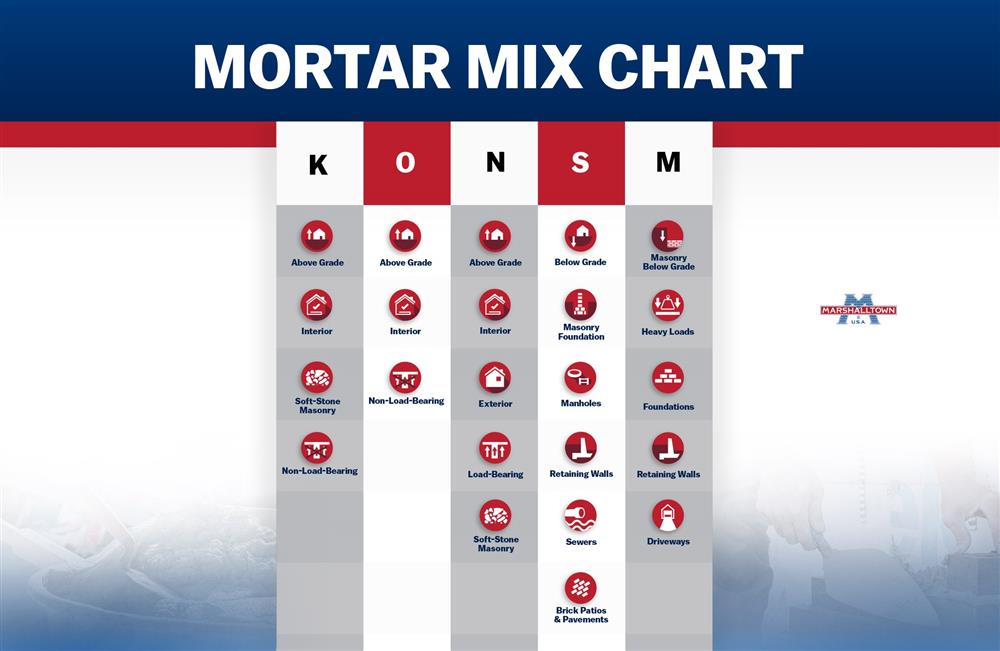Mortar has a basic recipe of three components: Portland cement, hydrated lime, and sand. Portland cement gives the mixture strength, lime gives flexibility and elasticity, while the sand acts as a binding agent.
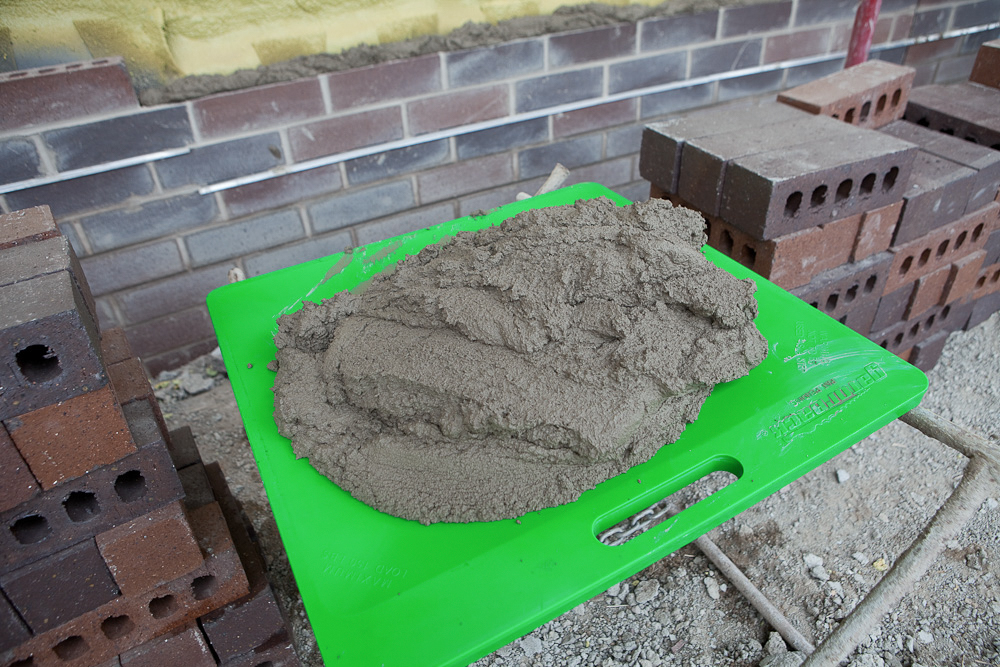
There are five main grades of mortar mix: K, O, N, S, and M. Each has different uses based on its flexibility, bonding properties, and compressive strength.
TYPE K
Let's start with Type K since it is the weakest mortar type, and we'll work our way on up the chain. Type K mortar has a compressive strength of approximately 75 PSI (Pounds per Square Inch). Because Type K is so soft, it is rarely used in new construction; however, it can work well for specialty applications such as restoration projects. Ancient or historic buildings require this soft mix so the new masonry is not significantly stronger than the existing masonry.
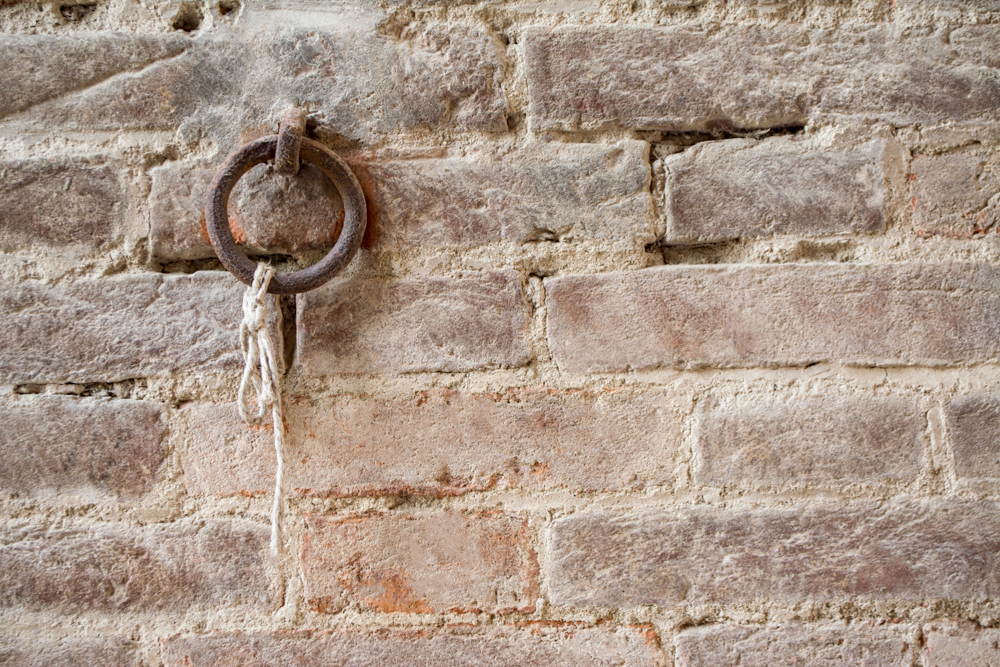
TYPE O
Next is Type O mortar which has a minimum strength of 350. This type is best used with soft brick or soft stone, primarily in interior, above-grade, non-load bearing applications. It is ideal for repointing mortar joints and similar repair work when applied with a pointing trowel and hawk.

In the construction industry, the words 'above-grade' and 'below-grade' can be used to define the section of a structure that is located above or below ground level.
Using this on the exterior is limited, but can be seen in warmer climates where they do not experience extreme cold temperatures. Type O mortar is composed of 1 part Portland cement, 2 parts lime, and 9 parts sand.
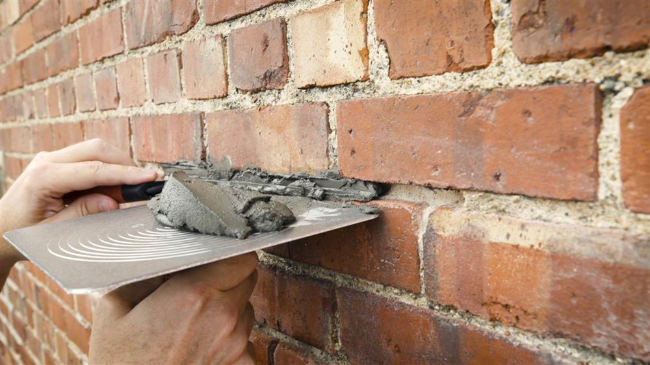
TYPE N
The most common mortar mix is Type N. It is primarily used with brickwork and by most homeowners. This is the best choice for above-grade general applications and can be used for both exterior and interior load-bearing installations. It will reach its maximum strength 28 days after the application. Type N has a minimum strength of 750 PSI and consists of 1 part Portland, 1 part lime, and 6 parts sand.
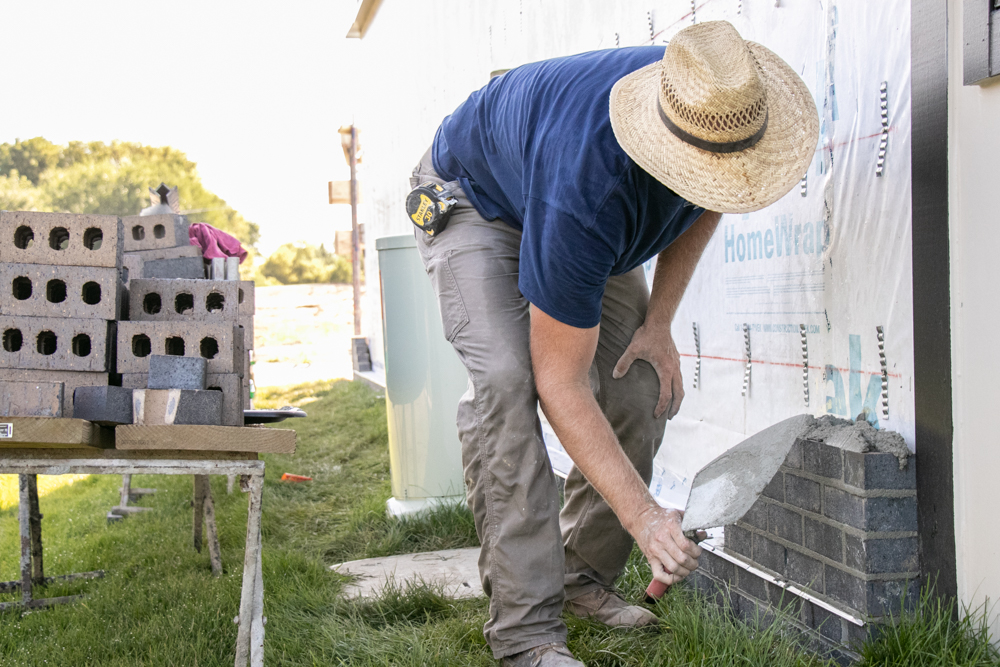
TYPE S
Type S has a high compressive strength of over 1,800 PSI and is sometimes mixed for strengths of 2,300 PSI. This compound has a high-tensile bond strength.

Tensile strength is the resistance of a material to breaking under tension.
Because of its high-tensile bond strength, it does well withstanding soil pressure, wind, and seismic loads. Type S is suitable for projects at or below-grade, including masonry foundations, retaining walls, manholes, and sewers as well as brick walkways or patios. The formula for type S is 2 parts Portland, 1 part lime, and 8 to 9 parts sand.
TYPE M
Type M is the strongest mixture, with a compressive strength of over 2,500 PSI; however, it has poor adhesion and sealing properties, making it unsuitable for many exposed applications. Instead, this type is best used in places that will endure heavy loads, such as block foundations, retaining walls, driveways, and structures close to water. Additionally, this type is preferred for use with natural stone because its strength is like that of stone. The mixture formular for Type M is 3 parts Portland, 1 part lime, and 12 parts sand.
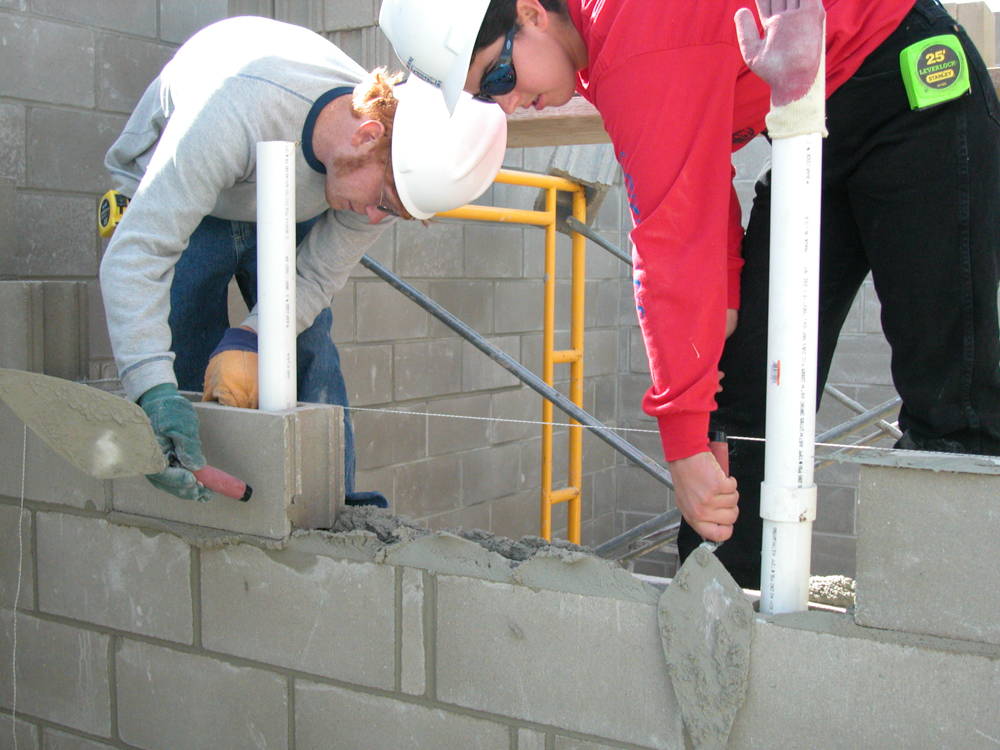
Why Does Mortar Type Matter?
Knowing which type of mortar mix to use for different projects is critical. Selecting mortar may appear to be a simple, short process, but you must pay attention to several factors: materials, design, and construction. If you are still unsure of which type to use, seek out an engineer, architect, or mason contractor.
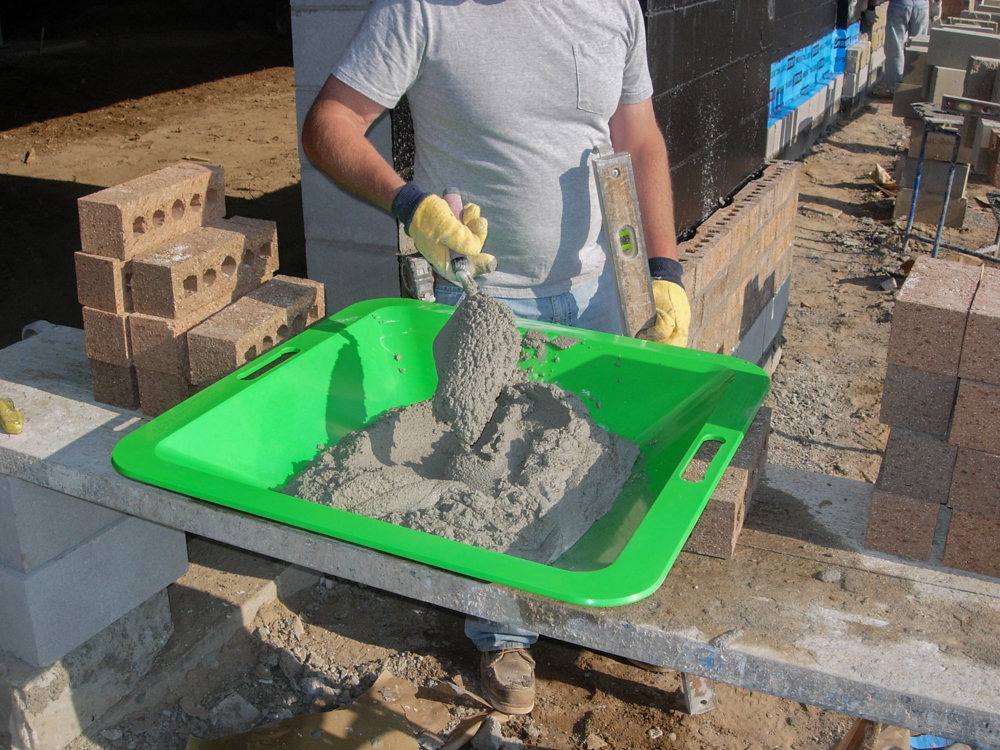
Below we have created a cheat sheet to simplify selecting your mortar type.
